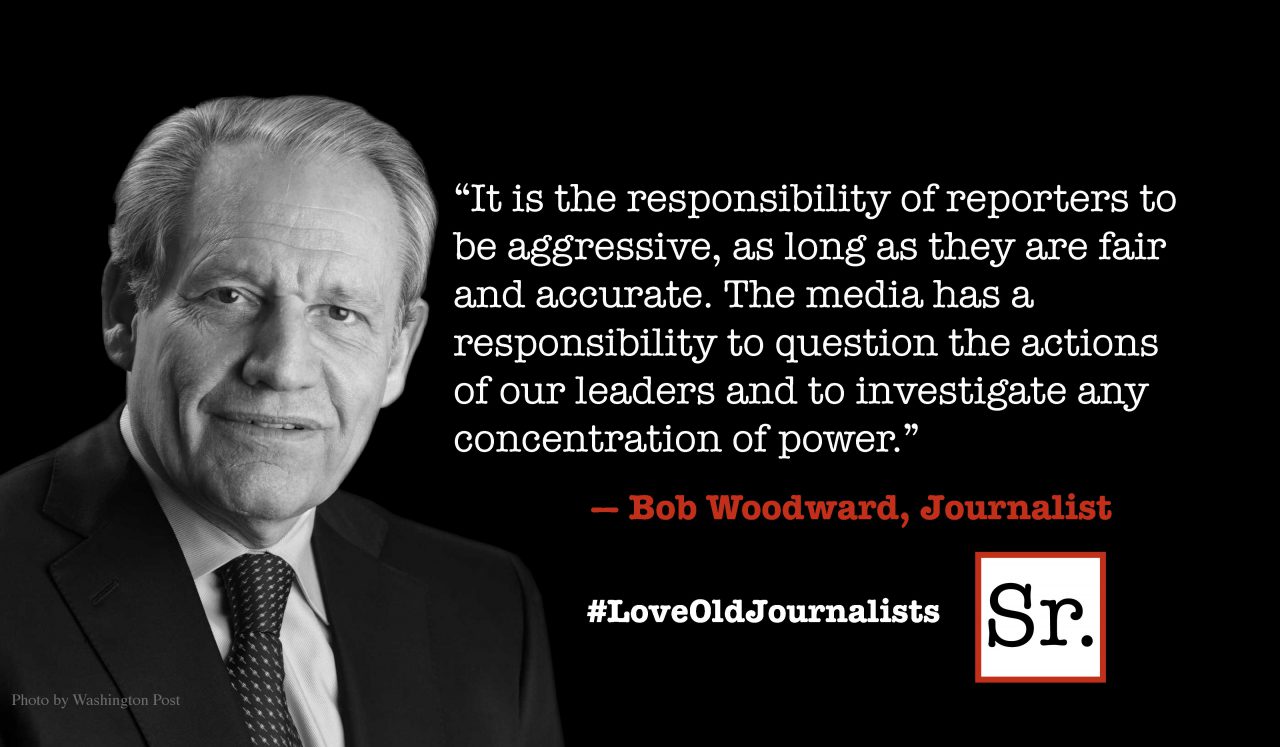Long ago, in my 30s, working in San Francisco meant too much fog, and Palo Alto, 50 miles to the south, seemed inviting. The pretty, small city, sunny weather, and nearby Stanford University were among attractions. I applied as a general assignment reporter at the Palo Alto Times, despite not having that experience.
Before finding the newspaper office, I tried at nearby Sunset Magazine, then published by the Lane family. Sunset wasn’t interested in me. They wanted people with strong gardening, cooking or travel experience and I didn’t qualify. But the Times, a respected daily newspaper, liked my experience as assistant to the West Coast editor of Business Week, then a McGraw Hill publication. In addition to some writing assignments, I kept the files and sent our stories to New York by teletype. The newspaper was shifting their business editor to another beat. “How do you feel about business news?” I was asked, and when I replied (truthfully) that I found it interesting, they hired me.
Deadline emphasis quickly shifted to daily instead of weekly, and because the business page had an early deadline, work started at 7 a.m. Having a woman cover business news was unusual at the time, but the Palo Alto Times had already broken with tradition. It had had a woman editor, Elinor Cogswell, who did a fine job, and later had a city park named after her.
My journalism training and my previous work experience had been mostly with men, and the other reporters writing on business were nearly always men writing about men. There was just one other woman in the Times newsroom.
I started in 1964. The biggest story of the year, and the decade, was the beginning of the Vietnam War. At home, the Warren Report on the assassination of President Kennedy ruled that Lee Harvey Oswald acted alone; Lyndon Johnson was re-elected president, and the Civil Rights Act was passed. Russia detonated its first atomic bomb. Nelson Mandela was sentenced to life imprisonment in South Africa. Top entertainers globally were the Beatles.
Another, earlier news event also sparked the technology revolution. In 1957 the Russians launched Sputnik, the first space satellite. Soon after, President Eisenhower signed legislation creating NASA.
In Palo Alto, the large nearby employers included Lockheed, Hewlett-Packard, Varian, Fairchild, Philco-Ford and Ampex. Integrated circuits, invented in 1958, crammed thousands of electronic components onto tiny chips of silicon and were poised to ride the coming wave of technology.
Some of those who would later be the famous names identified with Silicon Valley were already planting the seeds of its early development. Steve Jobs and Steve Wozniak belonged to an informal group interested in design of computers, sharing parts, circuits and information. Stanford University’s dean of engineering, Frederick Terman, had been encouraging faculty and graduates to form locally-based tech companies during the 1940s and 1950s, partly to get ahead of eastern business interests. William Shockley, creator of the transistor, moved to the Bay Area in 1956, after a disagreement with Bell Labs over handling of the invention of the transistor. Eight of Shockley’s engineers left to form Fairchild Semiconductor and two of the eight went on to form Intel.
After the introduction of Apple 1 and successor computers an avalanche of landmark creations changed the area – software innovations, major research institutions, venture capital firms, Ebay, Craig’s List, startup companies, and a large mix of millionaires and billionaires mixed into the local population.
At the Palo Alto Times, my first big story was at Ampex, where my predecessor on the paper had made a date for an interview. When I got there, not one, but five gentlemen in business suits came to meet me. The first handsome fellow offered his hand and said, “I’m Charles Black,” and I knew I was meeting the husband of renowned actress Shirley Temple. The couple lived in nearby Atherton.
I was a bit flustered by the size of the group as we sat around a large table, but they were kind and helpful. Right away I began developing what became my best qualification for the job – getting others to explain company products and plans simply enough for me to write about them.
Despite being in the minority, I felt well treated by news sources and other reporters, but now and then this situation backfired. Sometimes a corporation invited business reporters to a luncheon or press conference at an exclusive club. More than a few times I got a call later from an embarrassed public relations man: “Marge, I’m sorry, but the club does not allow women.”
I’ll bet that doesn’t happen today, when women’s bylines are common on business pages, women hold CEO positions and newly announced management positions are often held by women.
Sylvia Porter was the one eminent woman journalist writing about business then. At a meeting in San Francisco where she had spoken I had a few seconds to ask her why so few women chose this field. “It’s wide open!” she said as she hurried away.
An uncomfortable incident came my way one Sunday afternoon when the founder and president of a Southern California savings and loan company invited me to lunch at his hotel, hinting that a big announcement was forthcoming. When I called him from the hotel lobby, he said lunch would be in his room because he needed to take phone calls. That didn’t sound quite right, but I was not experienced enough to object. There was no story, no lunch and after his unsuccessful come-on, I learned some valuable hints on how to handle such situations in the future. This was before the term sexual harassment had come into use.
A far more scary and unpleasant event came later, when a man made creepy moaning sounds and tried to get in the front door of my apartment in the middle of the night. When I saw his silhouette pawing at the sliding glass doors to my patio, I called the cops. By the time I got to work the next morning, the reporter covering the city beat had the whole story – including the identity of the interloper, who was known in the community. He spent the night in jail and when the word got around, was fired from his job the next day.
For the most part, I think holding the position that I did gave me kind of an immunity from unpleasant experiences. (Maybe I just thought it did.) Once in a while someone would have a complaint, and appear in the newsroom looking irate, including one who said I misspelled his company name and another who complained that I wrote that his ambulance company didn’t know the way to Stanford Hospital. Fellow reporters came to my defense and showed the person out.
I married, and there was pressure at home to spend more time on house and home. When I resigned from the newspaper after about 10 years, a fellow reporter friend gave me an engraved souvenir mug that said, “Thanks to Marge for giving the Times the business.”
As popular as the Palo Alto Times was in the community, it was combined with another nearby daily paper and acquired by the Chicago Tribune, which shut it down in 1992. Scores of other daily newspapers have folded or reduced staff or publication schedules since. My heart still sinks at news of a daily paper going out of business.









